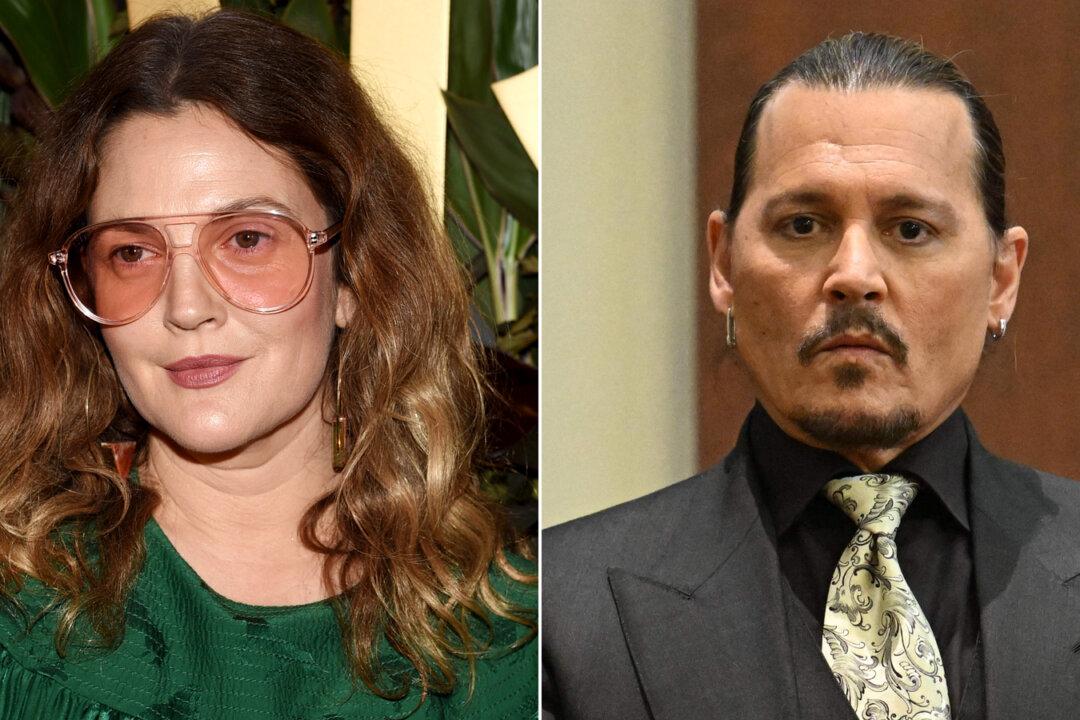The city that never sleeps is faced with a “brand new reality,” Mayor Bill de Blasio said.
A dark Broadway. Empty streets. Shuttered bars and restaurants. A statewide order for millions of residents to stay home. And thousands of reported coronavirus cases.




